Ep 60: The Count of Saint Germain Part 3
Podcast:
Photo Gallery:
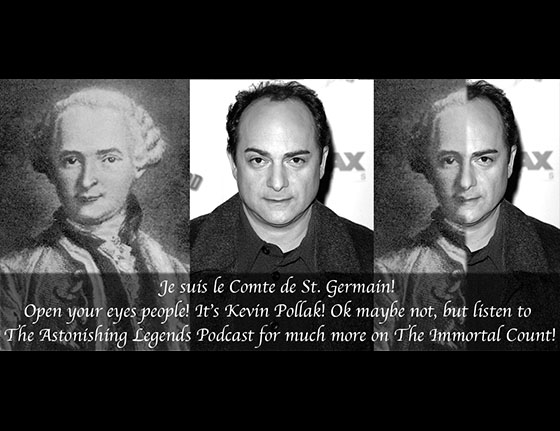
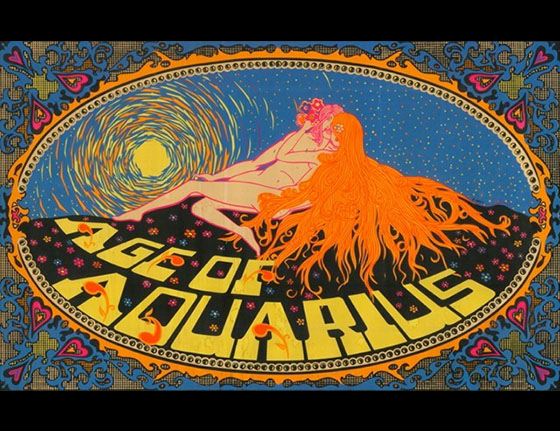
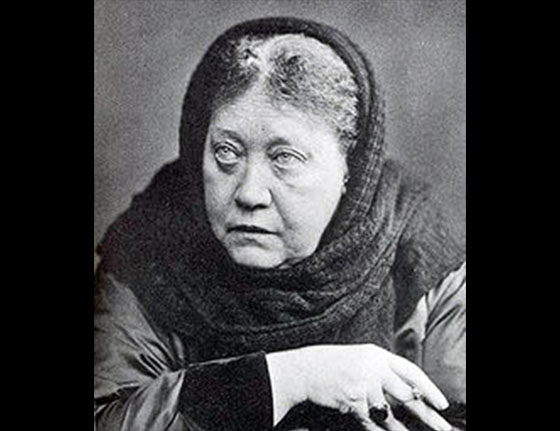
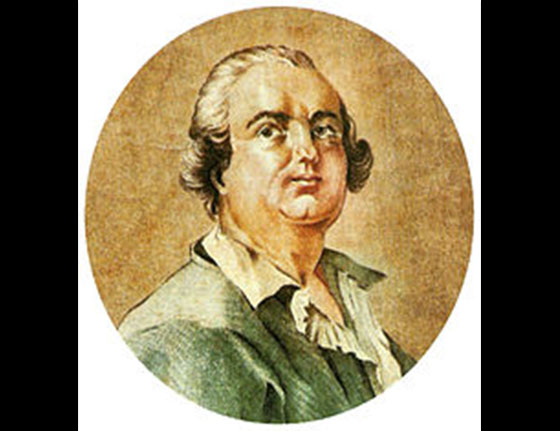
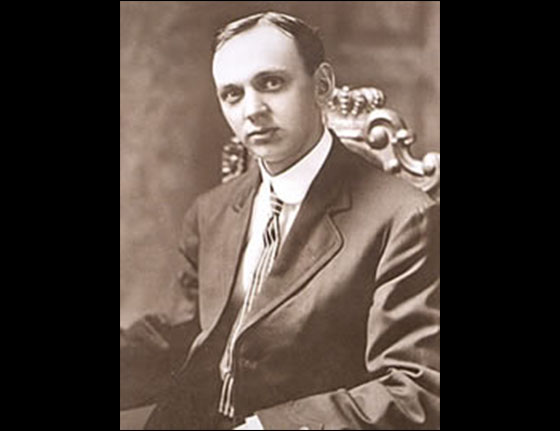
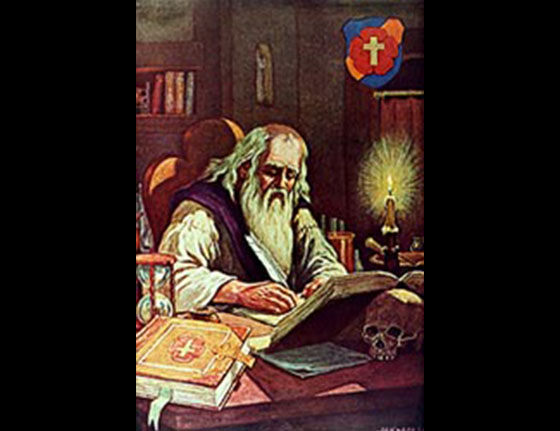

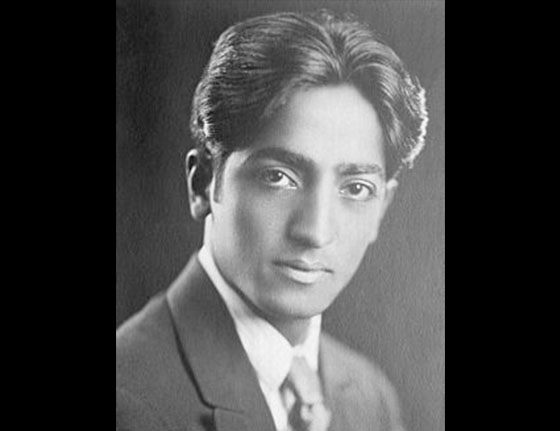
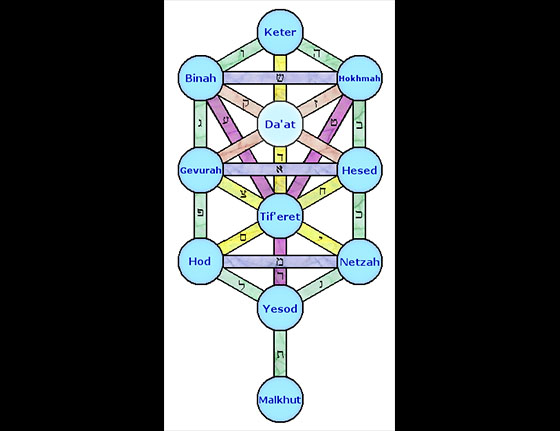
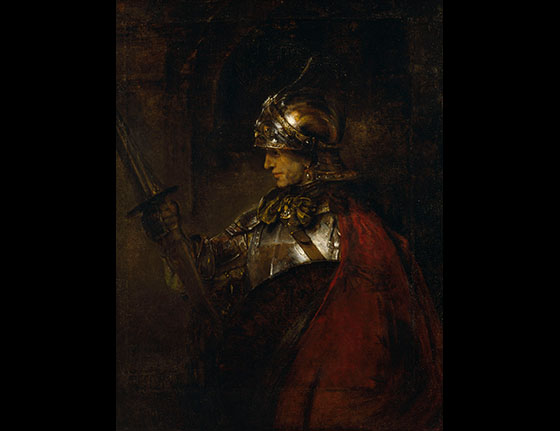
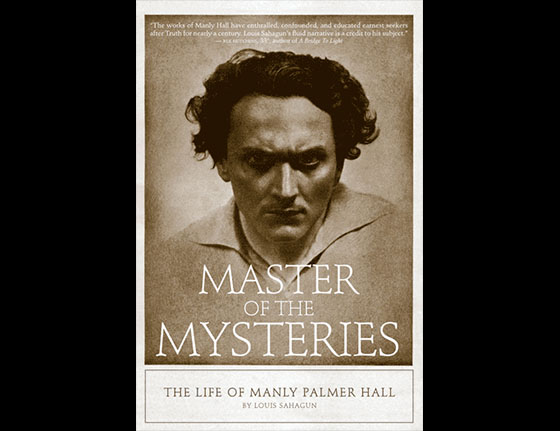

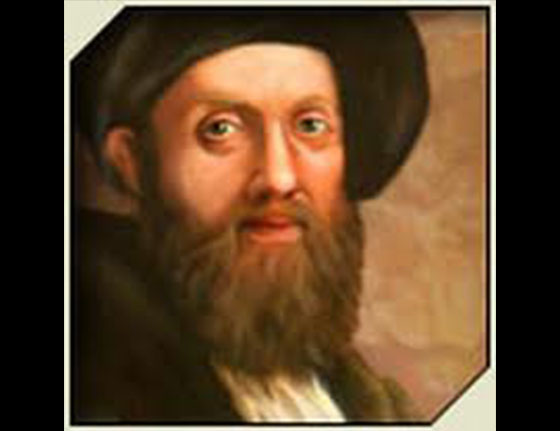
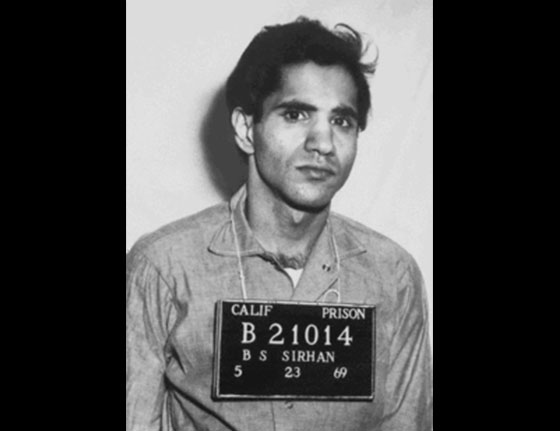
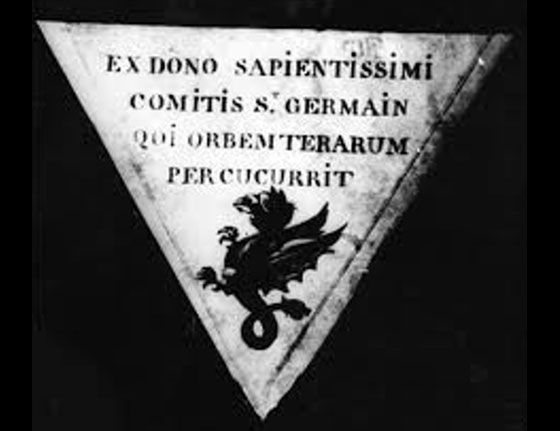
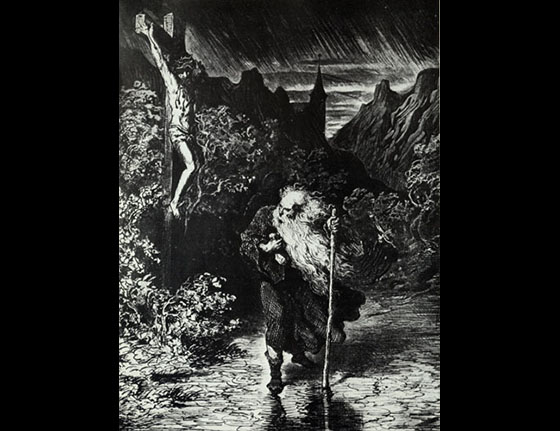
Photos:
1 )The Wandering Jew by Gustave Doré. 2) Image of the inscription from The Count of St. Germain’s “Triangle Book,” which seems to be a collection of coded symbols related to alchemy or lost ancient wisdom. Notice the sigil of the dragon, a symbol significant in alchemy. 3) Sirhan Sirhan, the man convicted for the 1968 assassination of U.S. SenatorRobert F. Kennedy. To this day, Sirhan claims he had no memory of the event. Sirhan used to frequent an occult shop in New Orleans and is said to have always carried a copy of Madame Helena Blavatsky’s book, The Secret Doctrine. It is also said that it was the first book he asked for when imprisoned. 4) Isaac (ben Solomon) Luria Ashkenazi (1534 – July 25, 1572) was a foremost rabbi and Jewish mystic in the community of Safed in the Galilee region of Ottoman Syria. He is considered the father of contemporary Kabbalah, his teachings being referred to as Lurianic Kabbalah. 5) American comedian, impressionist, and actor Kevin Pollak, known for his roles in The Usual Suspects and A Few Good Men, and for his regular appearances on the Tonight Show with Johnny Carson. There are those that believe he closely resembles the one known painting/engraving of The Count. 6) Manly Palmer Hall (March 18, 1901 – August 29, 1990) was a Canadian-born author and mystic. He is best known for his 1928 work The Secret Teachings of All Ages. Hall wrote the foreword for The Count’s book The Most Holy Trinosophia. “Acquisition of the Manly Palmer Hall Collection in 1995 provided the Getty Research Institute with one of the world’s leading collections of alchemy, esoterica, and hermetica.” 7) Rembrandt’s A Man in Armour, dated 1655; oil on canvas; now residing at the Kelvingrove Art Galler and Museum, Glasgow. Rudolf Steiner once identified Rembrandt’s painting “A Man in Armour” as a portrait of Christian Rosenkreuz, apparently in a 17th-century manifestation. 8) From Wikipedia: The Tree of Life is a classic descriptive term for the central mystical symbol used in the Kabbalah of esoteric Judaism, also known as the 10 Sephirot. Its diagrammatic representation, arranged in 3 columns/pillars, derives from Christian and esoteric sources and is not known to the earlier Jewish tradition. The tree, visually or conceptually, represents as a series of divine emanations God’s creation itself ex nihilo, the nature of revealed divinity, the human soul, and the spiritual path of ascent by man. In this way, Kabbalists developed the symbol into a full model of reality, using the tree to depict a map of Creation. 9) Jiddu Krishnamurti (11 May 1895 – 17 February 1986) was a philosopher, speaker, and writer. In his early life, he was groomed to be the new World Teacher but later rejected this mantle and withdrew from the Theosophy organization behind it. 10) Elizabeth Clare Prophet (April 8, 1939 – October 15, 2009) was an American New Age minister and religious figure, author, orator, and writer. 11) A visual interpretation of Christian Rosenkreuz (also spelled Rosenkreutz) “Frater C.R.C. (Christian Rosy Cross)” thought to be the legendary, possibly allegorical, founder of the Rosicrucian Order (Order of the Rosy Cross). He is presented in three manifestos that were published early in the 17th century. These were: Fama Fraternitatis; Confessio Fraternitatis and The Chymical Wedding of Christian Rosenkreutz. 12) Edgar Cayce (March 18, 1877 – January 3, 1945) was an American Christian mystic who answered questions on subjects as varied as healing, reincarnation, wars, Atlantis, and future events while in a trance. A biographer gave him the nickname, “The Sleeping Prophet.” A nonprofit organization, the Association for Research and Enlightenment, was founded to facilitate the study of Cayce’s work. A hospital and a university were also established. 13) Count Alessandro di Cagliostro (2 June 1743 – 26 August 1795) was the alias of the occultist Giuseppe Balsamo ([dʒuˈzɛppe ˈbalsamo]; in French usually referred to as Joseph Balsamo). Cagliostro was an Italian adventurer and self-styled magician. He became a glamorous figure associated with the royal courts of Europe where he pursued various occult arts, including psychic healing, alchemy and scrying. 14) Helena Petrovna “Madame” Blavatsky (12 August [O.S. 31 July] 1831 – 8 May 1891) was a Russian occultist, spirit medium, and author who co-founded the Theosophical Society in 1875. She gained an international following as the leading theoretician of Theosophy, the esoteric movement that the society promoted. 15) Late 60s or 70s artwork depicting the cultural and astrological Age of Aquarius. 16) Scott’s handiwork in Photoshop depicting a melding of Kevin Pollak and The Count’s visages.
Background:
There seems to be no doubt that the Count of Saint Germain existed, but how did he exist and for how long? There are levels to the incredulity of his story. It seems unlikely that one individual could possess so many varied talents, but the Count’s most unlikely talent was living into his 80s while still looking to be in his 50s. If you’re willing to go even further and believe the accounts of some of his contemporaries, then the Count was over 100 years old and lived well into the 19th century. Impossible you say? Then you might have even more trouble believing what many of those who had studied under him and some that continue to study his life believe, that the Count may have been hundreds or even thousands of years old, knew the ancient wisdom and secrets of life, and practiced the lost arts known only to the most enlightened beings. Whatever you choose to believe, a strong argument could be made that in his time and long after, he was actually the real “most interesting man in the world.”
Tonight’s Quote:
“He was, perhaps, one of the greatest philosophers who ever lived. The friend of humanity, wishing for money only that he might give to the poor, a friend to animals, his heart was concerned only with the happiness of others.”
— Prince Charles of Hesse-Cassel on the Count of Saint Germain from his book, Mémoires de Mon Temps
Show Links:
We’ve found that some sites are not showing these links as clickable unless they are URLs, so until those outlets improve their show notes section, we are providing actual URLs next to the clickable description of each link to make things easier for our listeners!
- Jessie Desmond’s Finding Count St. Germain blog[http://bit.ly/2j9GX5p]
- Direct to: Travis J. Dow & Pete Collman’s History of Alchemy podcast http://bit.ly/2jym9Fe
- Travis J. Dow’s collection of podcasts on Podcastnik, with Pete Collman http://www.podcastnik.com/
- Get Kevin Pollak’s/The Count’s book, How I Slept My Way to the Middle: Secrets And Stories From Stage, Screen, And Interwebs http://a.co/cz6ZQNZ
- Is the fantastic American actor and comedian Kevin Pollak The Count? Now we know! http://bit.ly/2iLrbRq
- Petter Amundsen and Erlend Loe: The Seven Steps to Mercy: with Shakespeare’s Key to the Oak Island Templum http://a.co/5Z5XHQQ
- “The Real Doctor Who” excerpt from Tom Sleman’s Mysteries of History and other works http://bit.ly/2kDewfO
- Thomas Sleman’s book, Strange but True: Mysterious and Bizarre People, Who Were They and Where Did They Go http://a.co/d8ZQoBz
- Other books by Thomas Sleman http://amzn.to/2kbPqZi
- David Pratt’s book, The Count of Saint Germain http://bit.ly/2kIx6XW
- The Wandering Jew http://bit.ly/1WroKB4
- Rabbi Isaac Luria, the father of contemporary Kabbalah http://bit.ly/2jz3Zob
- Kabbalah http://bit.ly/2jfBBZH
- The Tree of Life or the 10 Sephirot in Jewish Kabbalah http://bit.ly/2jzbHyx
- Theosophy http://bit.ly/2hgNZEE
- PDF of St. Germain’s Most Holy Trinosophia http://bit.ly/2kcef6w
- PDF of St. Germain’s Triangle Book http://bit.ly/2kcnJi3
- Grimoire http://bit.ly/2joGWt0
- Staff of Moses http://bit.ly/2kDuIOf
- The Invisibles: A History of Rosicrucians and How Elites Gained Knowledge… http://bit.ly/2kcoYxL
- Francis Bacon, The Count, the Supernova of 1604 and the 800 year spiritual cycle http://bit.ly/2kDLQrj
- Theosophy and Saint Germain on Wikipedia http://bit.ly/2kdfp28
- The Alchemy Web Bookshop http://bit.ly/2jfqqQK
- Ascended Master http://bit.ly/2imoeXb
- Rosicrucianism http://bit.ly/2jOiTbp
- Rosicrucian Trilogy: Modern Translations of the Three Founding Documents http://a.co/8PFlqR2
- The alchemy website on levity.com http://bit.ly/2kbMCvs
- Alchemy on Wikipedia http://bit.ly/2j9Bdc3
- Prince Charles “Karl” of Hesse-Kassel http://bit.ly/2iLJ9Dh
- Franz Friedrich Anton Mesmer http://bit.ly/2jeO93t
- Paracelsus http://bit.ly/1dcj74e
- Giacomo Casanova http://bit.ly/2kDnZng
- Count Alessandro di Cagliostro http://bit.ly/2kCEUKS
- Affair of the Diamond Necklace http://bit.ly/2kcxn4p
- Madame Helena Blavatsky http://bit.ly/2ctFtmq
- Sirhan Sirhan http://bit.ly/2kDWpuc
- Assassination of Robert F. Kennedy http://bit.ly/2jfF4aK
- The Woman in the Polka Dot Dress http://bit.ly/2kwLEXl
- The Manchurian Candidate http://bit.ly/1Q5k39J
- Manly Palmer Hall http://bit.ly/2jGssW5
- Edgar Cayce http://bit.ly/2k2DTbT
- Henry Steel Olcott http://bit.ly/2kdk7g9
- William Quan Judge http://bit.ly/2kIr49V
- Christian Rosenkreuz http://bit.ly/2kwQmVh
- Rudolph Steiner http://bit.ly/2957tHK
- Guy Ballard http://bit.ly/2kcPdUP
- Jiddu Krishnamurti http://bit.ly/1XbVhsP
- Elizabeth Clare Prophet http://bit.ly/2kdnlQW
- Frank Abagnale http://bit.ly/2kDS8qG
- Six Degrees of Separation http://bit.ly/1dtXYlJ
- David Hampton http://bit.ly/2jfCpOh
- Alan Conway – Colour Me Kubrick http://bit.ly/2joKTxD
- The Dread Pirate Roberts http://bit.ly/2kcJRci
- Age of Aquarius http://bit.ly/2jzfAUa
- Age of Aquarius/Let The Sunshine In from the musical, HAIR http://bit.ly/2k2va9r
- “Monatomic Gold” or “White Powder Gold” http://bit.ly/2kcoRT8
- Some more claims of White Powder Gold http://bit.ly/2jyXP7H
- Discussion Group on David Hudson and White Powder Gold http://bit.ly/2jfD7eD
- The website for writer, researcher and “Alternative Historian” Laurence Gardner http://www.graal.co.uk/
- Laurence Gardner on Wikipedia http://bit.ly/2jGXH3F
- The Elixir of Life http://bit.ly/2ka0Cle
- The Philosopher’s Stone http://bit.ly/2iLkr5U
- The Count of St. Germain, on Wikipedia http://bit.ly/2jtpbK6
- Saint Germain at the Theosophy Trust Memorial Library http://bit.ly/2kD1fUo
- The Polish Rider – did the Count sit for this possible Rembrandt? http://bit.ly/2kDBQ11
- Iona Miller’s website: The Triangle Book of St. Germain http://trianglebook.weebly.com/
- The Count: The Adventures of St. Germain (fictional movie draft based on his lore) http://bit.ly/2kDF4Sg
- Try a Harry’s shaving set for FREE! Just cover the shipping. Go to Harrys.com, enter code LEGENDS at checkout to also receive a FREE Post Shave Balm
- The Great Courses Plus — Go to TheGreatCoursesPlus.com/legends and get one month of free, unlimited access to over 500 courses and 8000+ lectures on a wide range of subjects
- Blue Apron – Home cooking never tasted so good or was so much fun to make! Go to blueapron.com/astonishing to get 3 meals FREE on your 1st order, with FREE SHIPPING
- Critical Mass: The Young Adult Cancer Alliance – Text the word “CRITICAL” to 82623 to make a difference to an adolescent or young adult with cancer. Data rates may apply.
Special Offers from our Special Sponsors:
The Dark Myths Collective
